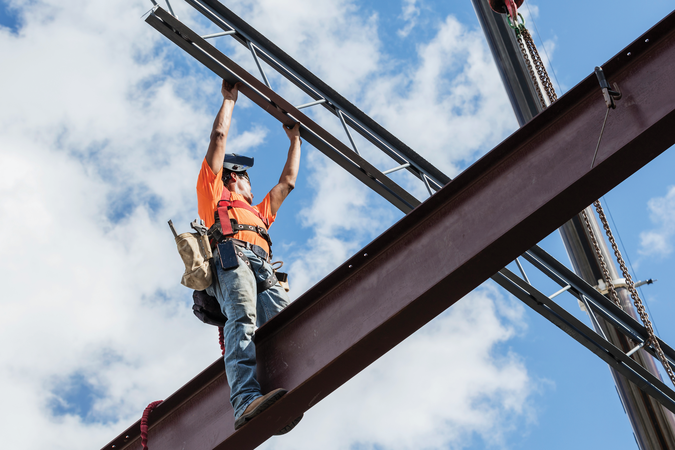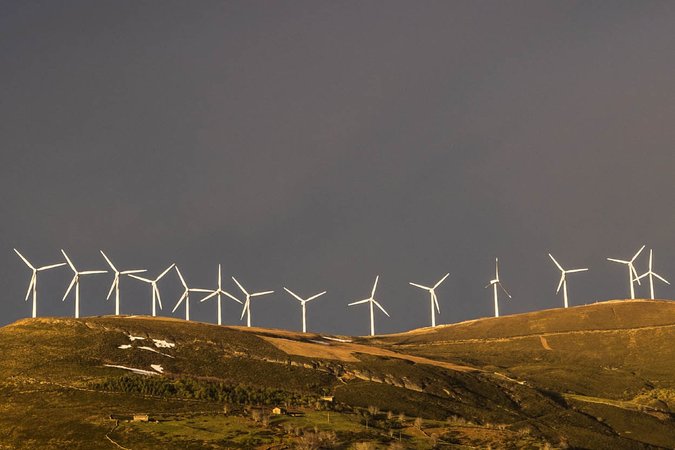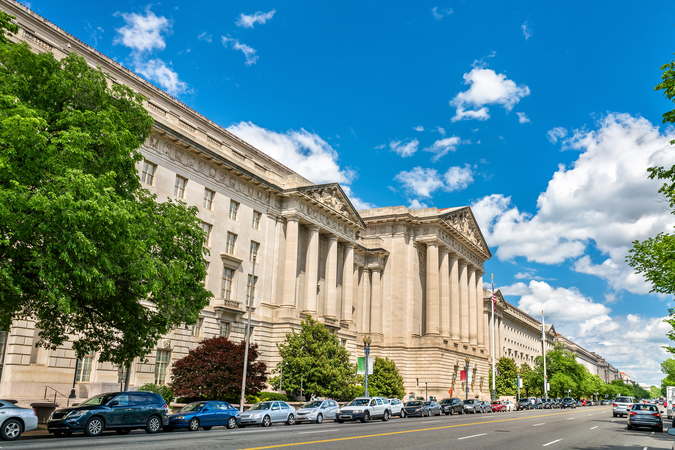Opportunities to Improve Department of Energy Community Benefits Plans to Deliver Regional Benefits from Federal Energy Investments
In this working paper, RFF scholars explore improvements to the US Department of Energy’s Community Benefits Plans that could provide a stronger voice for historically disadvantaged communities.
1. Introduction
The need to transform the energy infrastructure of the United States to support a low-carbon economy will bring extensive development opportunities and challenges to communities, particularly those in the vicinity of existing oil and gas installations. These frontline communities are the most likely to also host new large clean energy projects, such as the Department of Energy (DOE) Regional Clean Hydrogen Hubs and Carbon Capture and Storage facilities (The White House, 2023; Musick et al., 2023).
The process of energy redevelopment to meet ambitious climate targets will attract tens of billions of dollars in private and public investment over the coming decades, with capital already deployed through the Biden-Harris administration’s Inflation Reduction Act and Bipartisan Infrastructure Law (De La Garza, 2022; US Department of Energy, 2022). Local residents are often economically dependent on the fossil fuel industry for direct employment, local tax revenue, and spillover demand supporting local restaurants, shops, and other small businesses (Kaufman, 2024). However, fossil fuel communities can suffer social and environmental harms from new energy infrastructure (Resources for the Future, 2021). Neighborhoods adjacent to oil and gas wells and refineries, for example, have been disproportionately exposed to harmful air and water pollution for decades, resulting in lower public health outcomes (Proville et al., 2022). The section of the Lower Mississippi River in Louisiana between Baton Rouge and New Orleans has earned the infamous nickname Cancer Alley because of the more than 200 fossil fuel installations located there, which are responsible for a quarter of domestic petrochemical production (Castellón, 2021).
Low-income people of color often constitute a significant demographic in fossil fuel communities (Donaghy et al., 2023). A 2024 paper found that Black Americans are three-quarters more likely than all other racial groups, on average, to reside near polluting sites, and more than one million Blacks live less than half a mile from a petrochemical plant (McCoy, 2022). Historically, disadvantaged communities have lacked the bargaining power to ensure that infrastructure developers invest in local economies as part of their projects and to hold industry accountable for pollution and other environmental impacts (Willis & Buonocore, 2023). As the sustainable energy transition ushers in a new era of large-scale energy facility construction, such as hydrogen hubs and direct air capture facilities, there is a need for additional community engagement, planning, and agreements to ensure that communities adjacent to existing and new energy investments benefit from the clean energy transition.
In recognition of the need for community representation and economic benefits in the clean energy transition, DOE currently requires Community Benefits Plans (CBPs) for large-scale energy facilities funded through its Office of Clean Energy Demonstrations, which include hydrogen and direct air capture facilities, as well as other competitively awarded projects funded by the Bipartisan Infrastructure Law and the Inflation Reduction Act. DOE also recently launched the Regional Energy Democracy Initiative (REDI), which is intended to provide technical assistance and capacity building to support communities in meaningful engagement in the design and implementation of community benefits associated with DOE-funded projects in the US Gulf South region (US Department of Energy, n.d.).
CBPs, when done well, require considerable time on the part of community members and project developers. Understanding whether CBPs are the optimal vehicle to generate community representation in project planning decisions and to deliver local social, economic, and environmental benefits is important to determine whether CBPs should continue as the preferred community engagement and benefits tool for DOE-funded projects. To inform the approaches undertaken through REDI and in other communities across the country where DOE-funded energy projects will take place, we sought to understand how the DOE CBP process is currently unfolding, if there are opportunities for improvement, and if Community Benefits Agreements (CBAs)—legally binding contracts negotiated between a community and a developer—can provide a useful paradigm for improved community outcomes.
Ideally, such an analysis would include review of CBPs developed by DOE-funded project teams, including an examination of whether and how the CBPs changed between application submission and contractual obligation, as well as the nature of community participation in the drafting of these plans. Unfortunately, such an analysis is not currently possible, as the only documentation presently released on the CBPs of DOE-funded projects is a high-level “Community Benefits Commitment Summary,” describing the types of benefits a project will aim to provide to the community and discussing possible future community engagement. However, through literature review and evaluation of community-generated statements and papers, lessons can be learned to guide future public sector efforts that seek to ensure representative community participation, benefits sharing, and reduction of cumulative impacts.
For more beyond this paper, read the authors’ thoughts in our new issue of Resources magazine.





